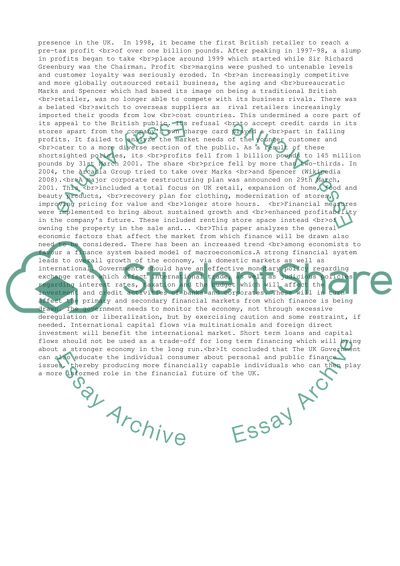Cite this document
(“International Trading and Financial Systems Essay”, n.d.)
Retrieved from https://studentshare.org/business/1503191-international-trading-and-financial-systems
Retrieved from https://studentshare.org/business/1503191-international-trading-and-financial-systems
(International Trading and Financial Systems Essay)
https://studentshare.org/business/1503191-international-trading-and-financial-systems.
https://studentshare.org/business/1503191-international-trading-and-financial-systems.
“International Trading and Financial Systems Essay”, n.d. https://studentshare.org/business/1503191-international-trading-and-financial-systems.


